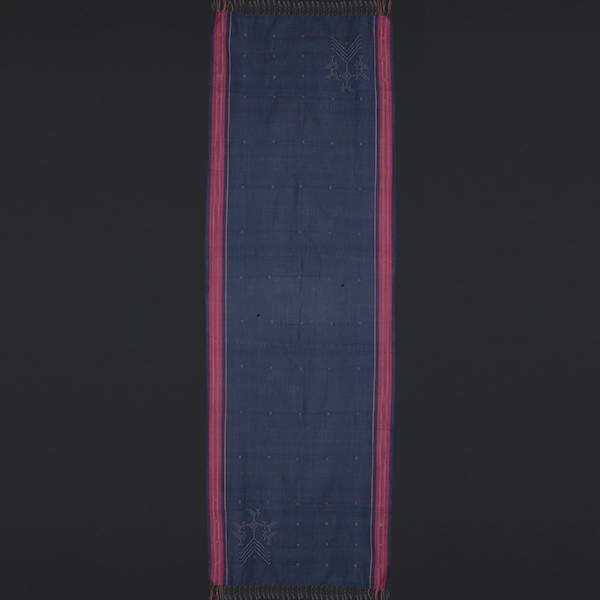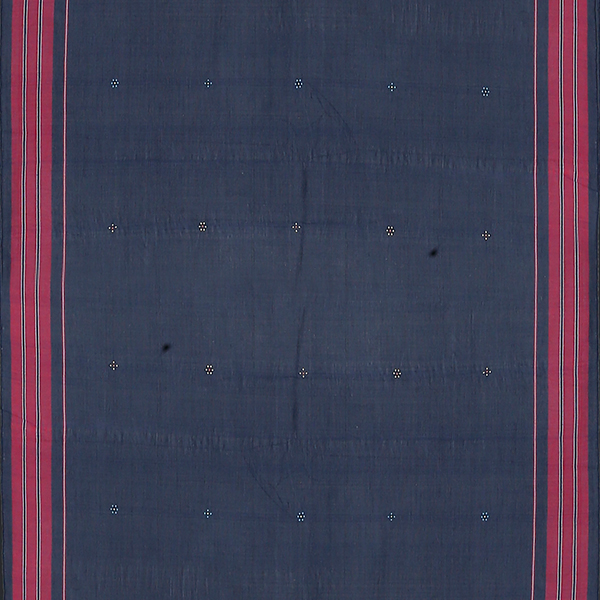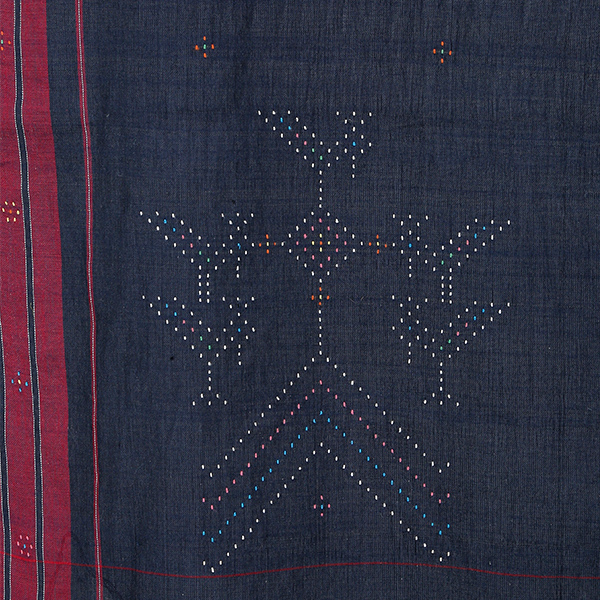
Map Loading...
Tangaliya Weaving
GUJARAT
Tangaliya is a 700-year-old traditional hand weaving technique that was developed by the Dangasia Schedule Caste community in Gujarat, India. The indigenous craft is native to the Surendranagar district in the Saurashtra-region of the state. Legend has it that hundreds of years ago, in the stark landscape of Saurashtra, a Bharwad man wedded a lady from the weaver community in the midst of incredible opposition from the two sides. By the by, it was a marriage that would everlastingly impact the rich embroidered craft. The children born to them were known as Dangasia, conceived by the shepherds and weavers, and they made the specialty of Tangaliya weaving world renowned.
Tangaliya is a labour-intensive and tedious process. Contrasting coloured threads are twisted onto a group of four to five threads of warp, creating dana or bead work. The geometric motifs give the impression of intricate weaving,though they are extremely sturdy in their shell life. “The weavers’ fingers sense precisely the correct number of twist strings and turn additional wefts around them.”
The outcome is a sublime geometric design, with small, white spots illuminating the rich and stark textures. The shawls are woven in pit looms at homes and knot a contrast color thread with the warp, which are woven into the material to produce the effect of raised dots, which have turned into the distinctive aspect of the textile. Other than dots, a few geometric patterns like circles, straight lines, hyperbolic or allegorical motifs are additionally made.
Material
Cloth
Technique
Weaving
Showcase




